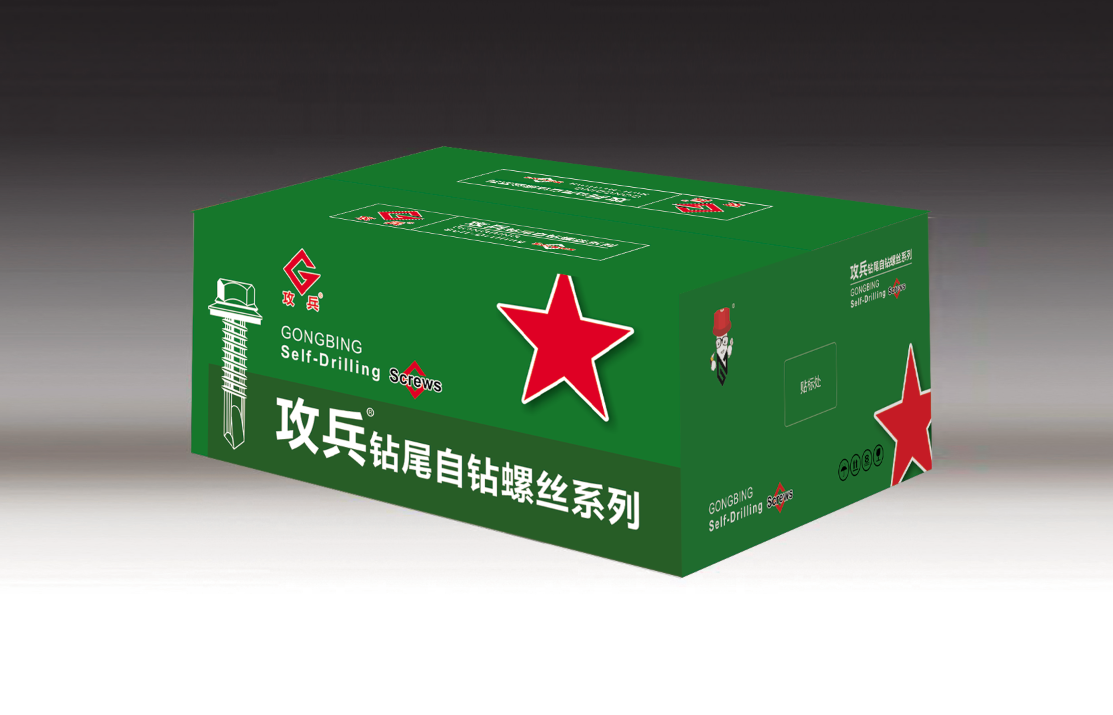Exploring the Benefits and Applications of Cross Bracing in Steel Structures
Cross Bracing in Steel Structures An Essential Design Feature
Cross bracing is a widely employed structural reinforcement technique utilized in the design and construction of steel structures. It consists of diagonal braces that cross each other between vertical and horizontal elements, forming an integral part of the framework. This method is particularly prevalent in various types of buildings, bridges, and towers, owing to its ability to enhance stability and strength while maintaining a lightweight framework.
The Purpose of Cross Bracing
The primary purpose of cross bracing is to provide lateral stability to structures, which is crucial in resisting lateral forces such as wind and seismic activity. These forces can lead to significant deformation or even collapse if not adequately mitigated. By distributing these forces across the structure, cross bracing helps to ensure that buildings maintain their structural integrity during adverse conditions.
Moreover, cross bracing effectively helps to reduce the sway of tall buildings. In high-rise structures, the natural sway that occurs due to wind can lead to discomfort among occupants and potential structural damage. Cross bracing minimizes this sway, creating a more stable and comfortable environment.
Materials and Design Considerations
Typically made from steel, cross braces are designed to bear tension and compression forces. The choice of material is critical as steel offers both strength and ductility, crucial properties that allow structures to endure dynamic loads. Designers must consider factors such as the size of the braces, their orientation, and the spacing between them to optimize their effectiveness.
The configuration of cross bracing can often vary. X bracing is the most common form, where two diagonal braces intersect to form an X shape. Other configurations include K bracing and V bracing, each with its advantages and specific applications. The choice between these configurations often hinges on architectural considerations and the specific loading conditions of the structure.
cross bracing in steel structures

Advantages of Cross Bracing
One of the most significant advantages of cross bracing is its contribution to the overall efficiency of a structure's material usage. By enhancing the load-carrying capacity of steel frames, cross bracing allows designers to use lighter and fewer materials than might be necessary without such reinforcement. This not only reduces construction costs but also leads to a lower environmental impact due to decreased material consumption.
Additionally, cross bracing offers rapid installation benefits. When prefabricated components are used, they can be quickly assembled on-site, reducing the overall construction time. This efficiency is particularly beneficial in urban settings where construction delays can lead to significant financial losses and logistical challenges.
Challenges and Limitations
Despite its advantages, cross bracing is not without challenges. For instance, the visual impact of cross bracing can be a concern in architectural design. In some cases, the braces may conflict with aesthetic desires for open spaces or minimalistic designs. Architects and engineers must work closely to integrate bracing effectively without impeding the building's visual appeal.
Moreover, cross bracing may not be suitable for all structural types. In some instances, where loading dynamics demand specialized solutions, alternative bracing systems or rigid frames may be more applicable.
Conclusion
Cross bracing remains a fundamental component in the realm of steel structures, contributing significantly to their stability, safety, and efficiency. Though it presents some design challenges, its benefits in terms of strength and material efficiency often outweigh these hurdles. As advancements in engineering and materials science continue to evolve, the application of cross bracing will likely adapt and expand, ensuring that steel structures remain a safe and viable option for modern architecture. The versatility and effectiveness of this technique make it a staple in engineering practices, paving the way for innovative designs that can withstand the test of time and natural forces.
-
Weatherproof Plastic Expansion Anchors for OutdoorNewsJun.06,2025
-
Sustainability in the Supply Chain: Eco-Friendly TEK Screws ProductionNewsJun.06,2025
-
Load-Bearing Capacity of External Insulation FixingsNewsJun.06,2025
-
Double Head Bolts: Enhancing Efficiency in Industrial MachineryNewsJun.06,2025
-
Corrosion Resistance in Chipboard Screws: Coatings for Wholesale DurabilityNewsJun.06,2025
-
Butterfly Toggle Bolts : Enhancing Structural ResilienceNewsJun.06,2025
